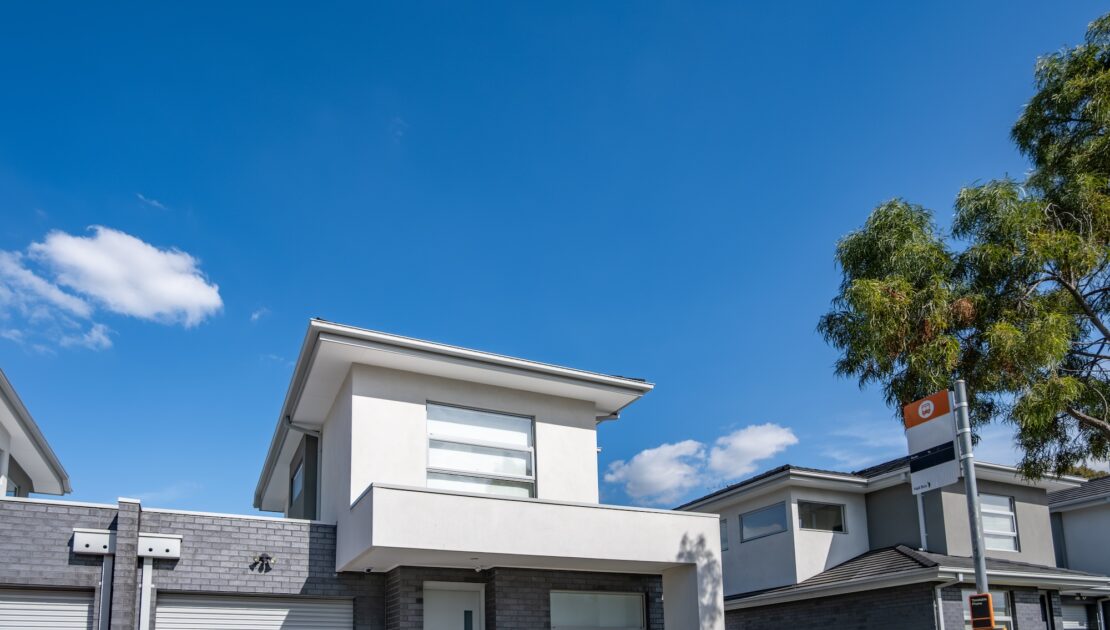Smaller Homes, Bigger Picture: What the Future Holds for Housing
For years, we’ve been saying the future of housing in Australia lies in smaller, smarter dwellings, and it’s encouraging to see this perspective gaining broader acceptance. It’s not just a theory; it’s what the data has consistently shown when viewed through the lens of long-term demand, affordability, and lifestyle shifts. Michael Matusik’s recent article, “How…

For years, we’ve been saying the future of housing in Australia lies in smaller, smarter dwellings, and it’s encouraging to see this perspective gaining broader acceptance. It’s not just a theory; it’s what the data has consistently shown when viewed through the lens of long-term demand, affordability, and lifestyle shifts.
Michael Matusik’s recent article, “How Big is Your Home?”, adds valuable weight to this conversation. While Matusik has historically suggested Australians wouldn’t downsize willingly, this new analysis flips that notion on its head. His latest analysis highlights a clear mismatch between household size and dwelling size, reinforcing the need for more one- and two-bedroom homes. It’s a great example of how revisiting the data with fresh eyes can reveal insights that support where the market is heading.
The Stats That Shifted the Conversation
In his piece, Matusik examines 2021 Census data to reveal that nearly 40% of Australian households now have only one or two people, while less than 15% have four or more. And yet, the vast majority of housing stock still caters to the traditional three- or four-bedroom detached home. This mismatch between household size and dwelling size is unsustainable, and increasingly, uneconomical.
The data shows an urgent need to build for how people actually live now and into the future: more 1- and 2-bedroom dwellings, in locations that prioritise walkability, affordability, and access to amenity. And those investing in this kind of property today are positioning themselves well for tomorrow’s demand.
The 2025 Property Market Report: A Broader Lens on Change
As we work on our upcoming 2025 Property Market Report, we’re taking a broader national scope to understand the shifting patterns across Australia’s property landscape. This wider view is helping us extract deeper insights from the data, revealing the systemic and structural changes already underway in our cities and regions, our lifestyles, and our investment opportunities.
And what we’re seeing in the data only reinforces what we’ve been saying for years: smaller, well-located properties with access to infrastructure and lifestyle amenity aren’t just the future, they’re already in high demand and critically undersupplied. The market has already moved, and it’s continuing in that direction. Those who invest in this space now are aligning with where the greatest opportunity lies.
As a nation, we don’t just need to talk about ‘downsizing’, we need a national shift toward ‘rightsizing’. This isn’t just about preference anymore; it’s increasingly about necessity. Affordability, lifestyle, and supply constraints are driving this shift, and for many, it won’t be a choice; it will be the only viable path forward.
Small Homes, Big Strategy: Why Less Can Deliver More
In the past, small dwellings were often seen as a compromise – something you settled for when you couldn’t afford something bigger. But that mindset is outdated. Today, savvy investors are actively choosing smaller properties, not as a fallback, but as a strategic move.
Why? Because small doesn’t mean less value, it often means more flexibility, more demand, and more performance.
A one- or two-bedroom home in a well-located, walkable suburb with access to infrastructure and lifestyle amenities attracts tenants, and it commands strong rents. These properties are more affordable to enter, easier to hold, and easier to rent, making them ideal in a world where housing affordability is front of mind and rental supply is tight.
It’s time to shift the narrative. Instead of chasing the biggest house on the block, investors are asking smarter questions:
-
- What will give me consistent returns over time?
- What property type will meet future demand?
- What provides the best capital growth and yield (cash flow) potential
- What type of property will remain in high demand, reducing my risk (increased liquidity over other property types)
- How do I position myself for long-term growth, not just short-term satisfaction?
The answer, more often than not, lies in quality small dwellings in high-demand areas. And when you zoom out, the performance can be striking. Think: three modest, high-yield apartments versus one prestige home on the water. Same price tag, but completely different outcomes. One gives you diversification, consistent cash flow, and flexibility. The other? Possibly beautiful to live in, but from an investment standpoint, it can underdeliver when growth and yield are calculated at the end.
Smart property strategy isn’t about size, it’s about alignment. Aligning with where the market is heading, aligning with your goals, and aligning with the reality of how Australians are living today. That’s where we come in.
A Journey, Not Just a Transaction
Most people treat their first purchase as a one-off, disconnected from future plans. But we hold your hand from day one. From your first property in your 20s to a multi-townhouse development in your 40s, we help you build wealth and confidence every step of the way.
And let’s reflect for a moment: we’ve been predicting this market correctly for 15 years. From flagging the housing crisis a decade before it hit, to calling interest rate moves ahead of financial analysts, to forecasting how COVID would reshape migration and property trends. We’ve been consistently accurate.
Imagine if you’d started with us two years ago.
Now imagine what’s possible in the next 15.
Whether it’s you or your kids, there’s no better time to start a conversation and strategy with us than now.





